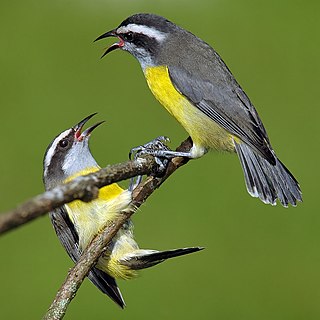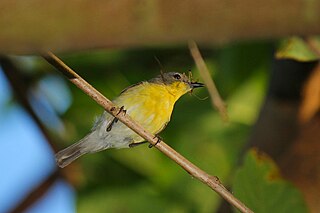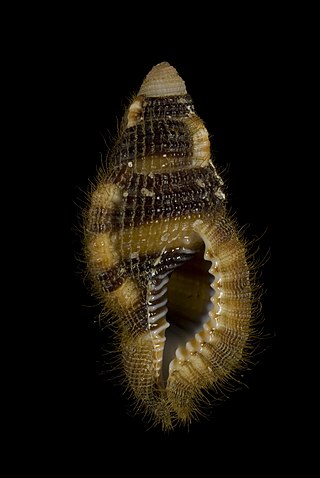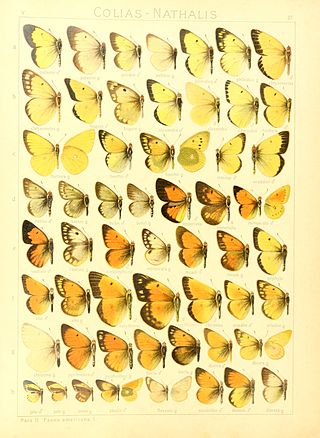
The bananaquit is a species of passerine bird in the tanager family Thraupidae. Before the development of molecular genetics in the 21st century, its relationship to other species was uncertain and it was either placed with the buntings and New World sparrows in the family Emberizidae, with New World warblers in the family Parulidae or its own monotypic family Coerebidae. This small, active nectarivore is found in warmer parts of the Americas and is generally common.

The saffron finch is a tanager from South America that is common in open and semi-open areas in lowlands outside the Amazon Basin. They have a wide distribution in Colombia, northern Venezuela, western Ecuador, western Peru, eastern and southern Brazil, Bolivia, Paraguay, Uruguay, northern Argentina, and Trinidad and Tobago. It has also been introduced to Hawaii, Panama, Puerto Rico and elsewhere. Although commonly regarded as a canary, it is not related to the Atlantic canary. Formerly, it was placed in the Emberizidae but it is close to the seedeaters.

The yellow tyrannulet is a small passerine bird in subfamily Elaeniinae of family Tyrannidae, the tyrant flycatchers. It is found in Costa Rica, Nicaragua, Panama, and in every mainland South American country except Chile and Uruguay.

The flavescent warbler is a species of bird in the family Parulidae. Its name comes from flavescent, a yellowish colour. It is found in Argentina, Bolivia, Brazil, Colombia, Guyana, Paraguay, and Venezuela. Its natural habitats are subtropical or tropical dry forest and subtropical or tropical moist lowland forest.

The golden-bellied gerygone is a species of bird in the family Acanthizidae. It is found in Brunei, Indonesia, Malaysia, the Philippines, Singapore, and Thailand. Its natural habitats are subtropical or tropical moist lowland forest and subtropical or tropical mangrove forest.
Bitecta is a genus of moths in the subfamily Arctiinae. It is considered a synonym of Teulisna by some authors.
Lluidas Vale, also known as Worthy Park, is a settlement in Saint Catherine Parish, Jamaica. It has a population of 3,413 as of 2009.

Septa flaveola is a species of predatory sea snail, a marine gastropod mollusk in the family Cymatiidae.

Colias flaveola is a butterfly in the family Pieridae. It is found in the Tropical Andes subregion of the Neotropical realm.
Asura flaveola is a moth of the family Erebidae. It is found in New Guinea.
Bitecta diastropha is a moth of the subfamily Arctiinae. It was described by Rothschild in 1920. It is found in western Sumatra.
Bitecta murina is a moth of the subfamily Arctiinae. It was described by Franciscus J. M. Heylaerts in 1891. It is found on Java.
Bitecta xanthura is a moth of the subfamily Arctiinae. It was described by Rothschild in 1920. It is found in western Sumatra.

Gymnetis is a genus of beetles of the family Scarabaeidae and subfamily Cetoniinae.
Cochylimorpha flaveola is a species of moth of the family Tortricidae. It is found in Kazakhstan.

Recchia is a genus of beetles in the family Cerambycidae, containing the following species:
Recchia flaveola is a species of beetle in the family Cerambycidae. It was described by Martins and Galileo in 1985.
Islandiana flaveola is a species of dwarf spider in the family Linyphiidae. It is found in the United States and Canada.
Minettia flaveola is a species of fly in the family Lauxaniidae.

Thaumatoperla flaveola is a species of stonefly in the genus Thaumatoperla. They are endemic to the Mount Buller–Mount Stirling area of the Victoria alps, Australia.









